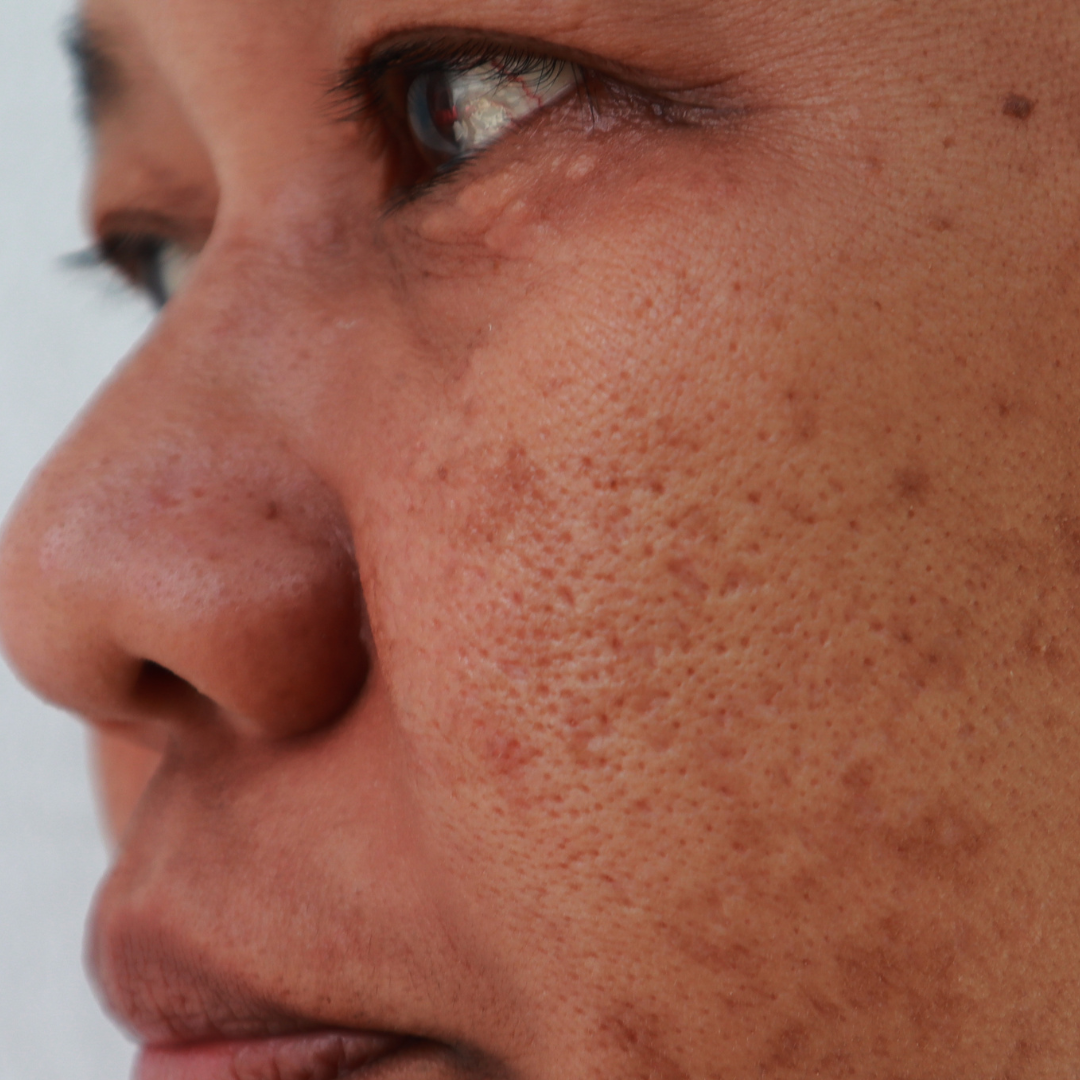
Asian skin - hyperpigmentation solutions
Share
Hyperpigmentation is a common skin concern for individuals with Asian skin tones. It can be caused by a variety of factors, including sun damage, acne, and hormonal changes. Here are some scientifically backed solutions for hyperpigmentation in Asian skin:
-
Incorporate vitamin C into your skincare routine. Vitamin C is a potent antioxidant that can help prevent hyperpigmentation by protecting the skin from free radical damage. It can also help lighten existing hyperpigmentation by inhibiting the production of melanin. A study found that topical ascorbic acid (vitamin C) improved hyperpigmentation in Asian skin by up to 41% after 16 weeks of use (2).
-
Use skincare products containing niacinamide. Niacinamide is a form of vitamin B3 that has been shown to improve hyperpigmentation by inhibiting the transfer of melanin to skin cells. A study found that a 5% niacinamide cream improved hyperpigmentation in Asian skin by up to 35% after 12 weeks of use (3).
-
Consider using chemical peels containing azelaic acid or lactic acid. Chemical peels can help improve hyperpigmentation by promoting skin cell turnover and exfoliating the top layer of skin. A study found that a 20% azelaic acid peel improved hyperpigmentation in Asian skin by up to 69% after 12 weeks of use (4).
-
Consult a skin professional for professional treatments such as laser therapy or intense pulsed light (IPL). These treatments can target hyperpigmentation while promoting collagen production and skin cell turnover.
Overall, there are various effective solutions for hyperpigmentation in Asian skin. Incorporating sunscreen, vitamin C, niacinamide, and chemical peels containing azelaic acid or lactic acid into your skincare routine can help improve the appearance of hyperpigmentation. Consult with a dermatologist for professional treatments.
Head to Instagram to ask Mr. Lulu about product or treatment suggestions - Click here
Sources:
- Yoon, H. S., et al. (2012). Sunscreen use and the risk of hyperpigmentation in Korean women. Journal of the American Academy of Dermatology, 66(6), 943-951.
- Fitzpatrick, R. E., et al. (2002). Double-blind, half-face study comparing topical vitamin C and vehicle for rejuvenation of photodamage. Dermatologic Surgery, 28(3), 231-236.
- Bissett, D. L., et al. (2004). Topical niacinamide reduces yellowing, wrinkling, red blotchiness, and hyperpigmented spots in aging facial skin. International Journal of Cosmetic Science, 26(5), 231-238.
- Li, Y., et al. (2015). Efficacy and safety of 20% azelaic acid peels in the treatment of facial hyperpigmentation in Chinese patients: A split-face, randomized, controlled trial. Dermatologic Surgery, 41(2), 209-215.
